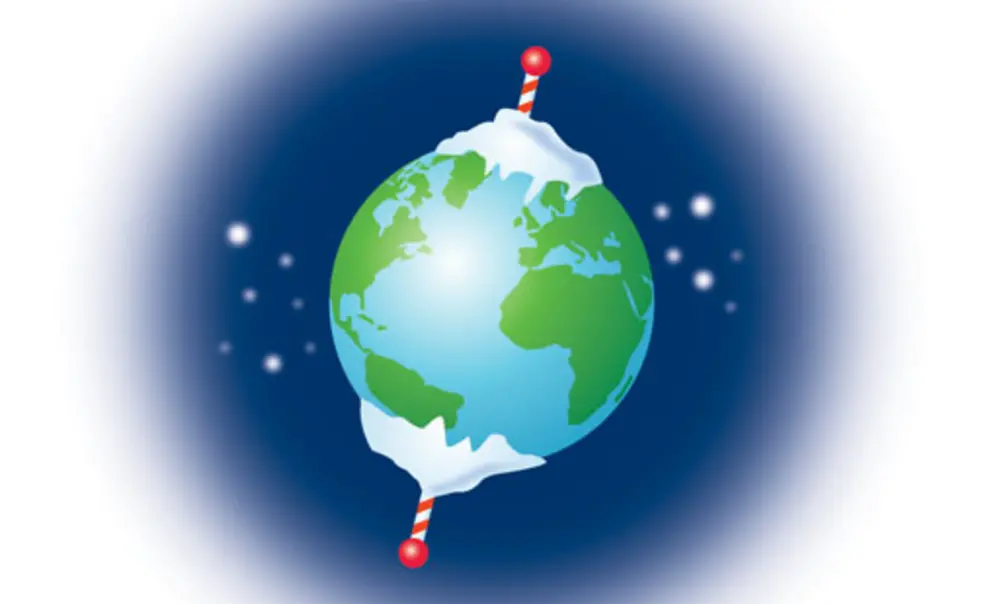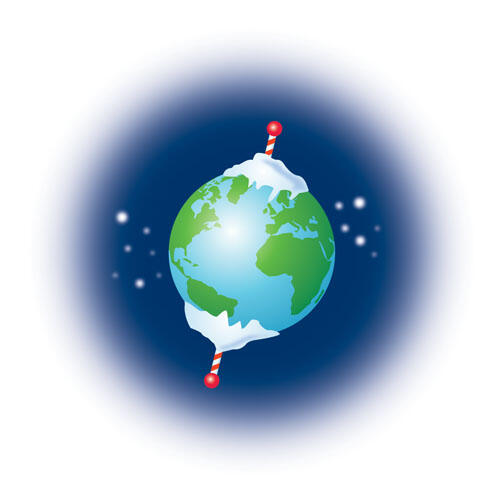FYI: Findings
A new climate model predicts more SNOW in the polar regions and high-altitude spots, and less in the rest of the globe, due to global warming. That’s the forecast produced by postdoctoral researcher associate Sarah Kapnick ’04 and Thomas Delworth of the Geophysical Fluid Dynamics Laboratory. In North America, the greatest percentage reductions in snowfall are predicted to occur along the coasts of the Northeast and Pacific Northwest sometime later this century. The study was published in the Journal of Climate in February.
The percentage of working-age Americans who move between states each year has fallen from 3.5 percent in the early 1990s to 1.8 percent today. In a Federal Reserve Bank of Minneapolis working paper, co-author Greg Kaplan, an assistant professor of economics, offers two explanations for the decline in INTERSTATE MIGRATION: Labor markets around the United States have become more similar, so fewer workers must move to find jobs; and falling travel costs and information technology mean people can find out whether they will like living in another location without moving there first.
In a paper published in Nature, Karin Sigloch *08, a seismologist at Ludwig Maximilians University in Munich, Germany, and a colleague suggest an explanation for how the MOUNTAIN CHAINS from Alaska to Mexico were formed. “Arcs of islands, like those in today’s western Pacific, may have piled atop one another, sinking and forming buried slabs. Then, as North America moved westward, it scraped off the tops of these slabs, raising mountains in the process,” explains a summary.













No responses yet